Bok choy, a leafy green vegetable native to East Asia, has become a staple in kitchens worldwide. Its crisp texture, mild flavor, and versatility make it a favorite in stir-fries, soups, and salads. However, a persistent question divides home cooks and professional chefs alike: Should bok choy be blanched before stir-frying? This debate hinges on texture, flavor, nutritional retention, and time efficiency. While some swear by blanching as a prerequisite for perfect tender-crisp results, others argue it is an unnecessary step that dilutes flavor and wastes nutrients. This article delves into the science, cultural practices, and culinary techniques surrounding this debate, offering insights to help both novice and experienced cooks make an informed decision.
Understanding Bok Choy’s Unique Composition
Bok choy (Brassica rapa subsp. chinensis) belongs to the Brassica family, which includes cabbage, kale, and broccoli. Its structure—thick, crunchy white stalks merging into tender, dark green leaves—requires careful handling during cooking. The stalks and leaves have different densities, meaning they cook at varying rates. If not prepared correctly, the stalks may remain fibrous while the leaves wilt excessively. This anatomical quirk is central to the blanching debate, as blanching advocates argue it helps harmonize cooking times.
The Case for Blanching: Why Some Chefs Insist on This Step
Blanching involves briefly immersing vegetables in boiling water, followed by a rapid chill in ice water (a process called “shocking”). Proponents claim this method offers several advantages:
-
Texture Equalization
The stalks of bok choy are denser than the leaves. Blanching softens the stalks’ fibrous structure through partial cooking, ensuring they tenderize at the same rate as the leaves during stir-frying. This prevents the leaves from becoming overcooked and mushy while the stalks remain crunchy. -
Color Preservation
Blanching halts enzyme activity that causes vegetables to lose their vibrant green hue. By submerging bok choy in boiling water for 30–60 seconds, enzymes like chlorophyllase are deactivated, locking in the vegetable’s vivid color. The subsequent ice bath stops residual cooking, preserving both color and texture.
-
Bitterness Reduction
Older or larger bok choy heads can develop a slight bitterness, particularly in the stalks. Blanching helps mellow this bitterness by leaching out compounds like glucosinolates, which contribute to sharp flavors. While this step is optional for young, tender bok choy, it can improve the balance of flavors in mature specimens. -
Time Efficiency During Stir-Frying
Stir-frying is a high-heat, rapid cooking method. Pre-blanching reduces the total time vegetables spend in the wok, minimizing the risk of overcooking. This is particularly useful when cooking large batches or combining bok choy with other ingredients that require different cooking times.
The Case Against Blanching: Arguments for Minimalist Cooking
Despite these benefits, many cooks reject blanching as an unnecessary fuss. Their counterarguments include:
-
Nutrient Loss
Blanching involves submerging vegetables in water, which can leach water-soluble vitamins like vitamin C and B-complex nutrients. While the ice bath halts cooking, it does not recover lost nutrients. Critics argue that stir-frying alone—with its minimal cooking time and direct heat—better preserves the vegetable’s nutritional profile. -
Added Complexity
Blanching requires boiling water, preparing an ice bath, and additional steps that extend prep time. For busy cooks, this extra labor may outweigh the benefits, especially when cooking small portions or simple meals. -
Risk of Overcooking
Blanching demands precision. Over-blanching can leave bok choy limp and waterlogged, ruining its texture before it even reaches the wok. Under-blanching, on the other hand, offers no advantage. Achieving the “Goldilocks” balance requires practice, which some home cooks find daunting.
-
Flavor Dilution
Advocates of minimalist cooking argue that blanching washes away the vegetable’s natural earthy flavor. Stir-frying in a hot wok with aromatics like garlic, ginger, and soy sauce imparts flavor more effectively, they claim, without diluting the vegetable’s inherent taste.
Cultural and Regional Perspectives
The debate also reflects regional culinary traditions. In Chinese cuisine, blanching (焯水, chao shui) is a common pre-cooking step for vegetables like bok choy, especially in restaurant settings where consistency and speed are paramount. Blanching ensures uniform doneness and bright colors, which are visually appealing in professional dishes. However, in home kitchens, particularly in Southern China and Southeast Asia, blanching is sometimes skipped in favor of quick stir-frying over high heat, which retains the vegetable’s crispness.
In Japanese cuisine, bok choy (hakusai) is often used in nabe hot pots or miso soup, where its texture is softened through slow simmering rather than blanching. Similarly, Korean cooks may opt for kimchi fermentation or grilling, techniques that do not require blanching. These variations underscore that there is no single “correct” method—only approaches tailored to cultural preferences and desired outcomes.
Alternatives to Blanching: Achieving Perfect Texture Without the Extra Step
For those unwilling to blanch, several techniques can mimic its benefits:
-
High-Heat Stir-Frying
Using a well-seasoned wok and high heat ensures rapid cooking. Adding oil with a high smoke point (e.g., peanut or grapeseed) helps distribute heat evenly, cooking the stalks and leaves quickly without steaming. -
Separate Cooking of Stalks and Leaves
Some cooks add bok choy stalks to the wok first, stir-frying them for 30 seconds before adding the leaves. This sequential cooking ensures both parts reach ideal tenderness simultaneously.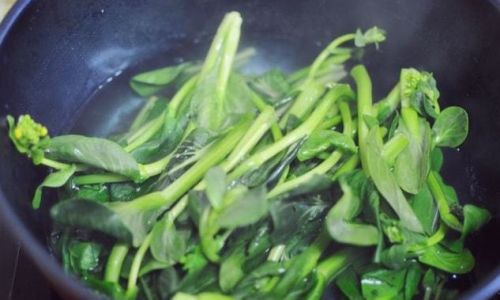
-
Marinating or Tenderizing
Tossing bok choy in a small amount of baking soda or salt before cooking can help break down fibrous stalks. However, this method requires caution to avoid over-salting or altering flavor. -
Choosing Young Bok Choy
Smaller, younger bok choy heads have thinner stalks and tender leaves, reducing the need for blanching. These varieties cook evenly in a matter of minutes when stir-fried.
Expert Opinions: What the Professionals Say
Chefs often prioritize presentation and consistency, leading many to favor blanching. Grace Young, author of Stir-Frying to the Sky’s Edge, notes that blanching “ensures the vegetables are vibrant and evenly cooked, especially in a busy restaurant kitchen.” However, she acknowledges that home cooks can achieve similar results with a sufficiently hot wok and careful timing.
On the flip side, food scientist Harold McGee argues that blanching’s nutrient losses, while minor, are avoidable. In his book On Food and Cooking, he suggests that stir-frying alone can preserve vitamins if done swiftly.
When Blanching Is Non-Negotiable
While the debate rages, certain scenarios make blanching indispensable:
-
Freezing Bok Choy
Blanching halts enzyme activity that degrades texture and flavor during freezing. Frozen bok choy should always be blanched before storage.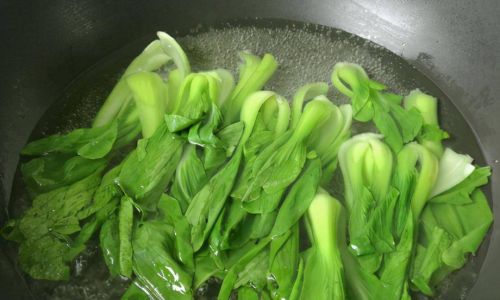
-
Preparing Bok Choy for Salads
Raw bok choy in salads benefits from blanching, which softens its crunch and mellows its grassy taste. -
Cooking for Large Groups
Blanching streamlines the cooking process, allowing cooks to prepare vegetables in advance and focus on stir-frying during service.
Tips for Blanching Success
For those who opt to blanch, following these guidelines ensures optimal results:
-
Use Ample Water
Blanch bok choy in a large pot of boiling water (at least 2 quarts per pound of vegetables) to maintain a rolling boil. -
Salt the Water
Adding salt (1–2 tablespoons per quart) enhances flavor and helps retain the vegetable’s bright green color. -
Monitor Time Carefully
Blanch whole bok choy for 1–2 minutes; halved or quartered pieces require 30–45 seconds.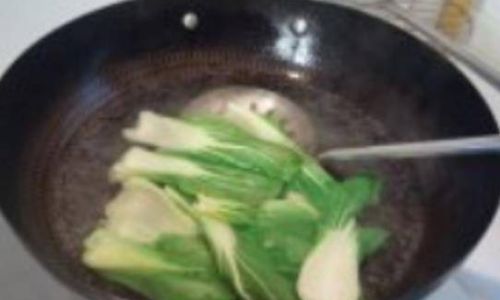
-
Shock Immediately
Transfer blanched bok choy to an ice bath for 1–2 minutes to halt cooking. Drain thoroughly before stir-frying. -
Repurpose Blanching Liquid
The nutrient-rich water can be used as a base for soups or stocks.
Conclusion: The Choice Is Yours
The decision to blanch bok choy before stir-frying boils down to personal priorities. Blanching offers consistency, color, and texture control but demands extra effort and may reduce nutrients. Skipping it saves time and preserves raw flavor but requires precise heat management. Ultimately, both methods yield delicious results when executed correctly. Experimentation is key: try blanching one batch and stir-frying another to determine which aligns with your taste and lifestyle. Whether you embrace tradition or innovation, the goal remains the same—celebrating bok choy’s unique character in every bite.
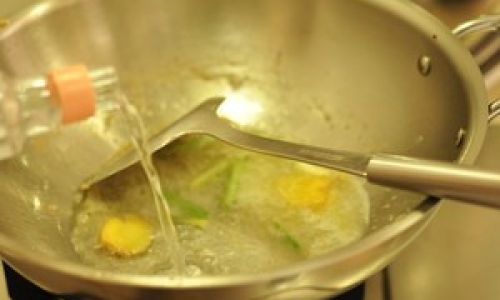
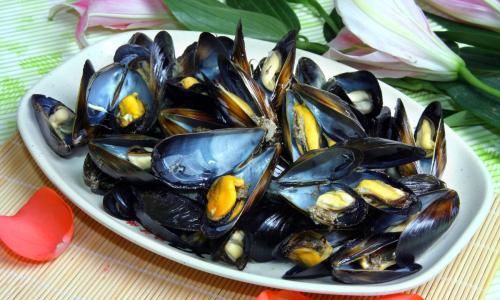
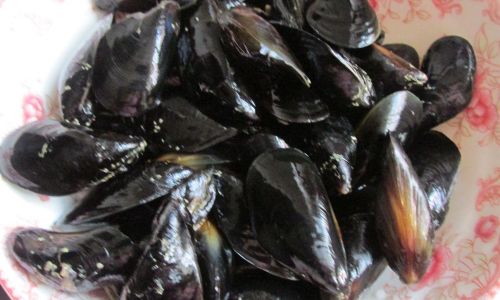


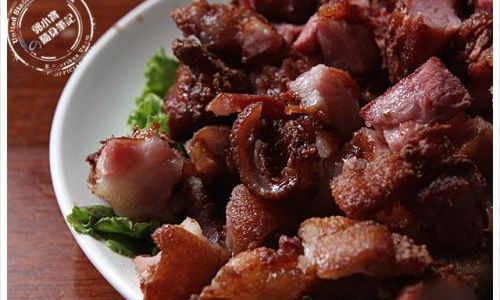
0 comments